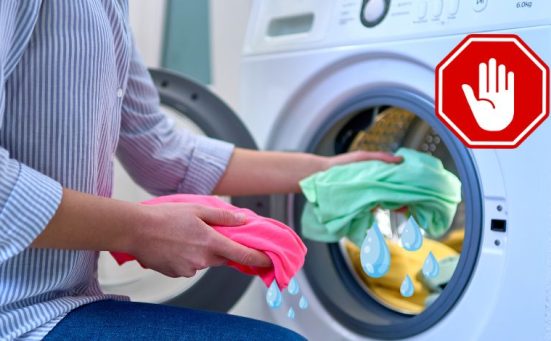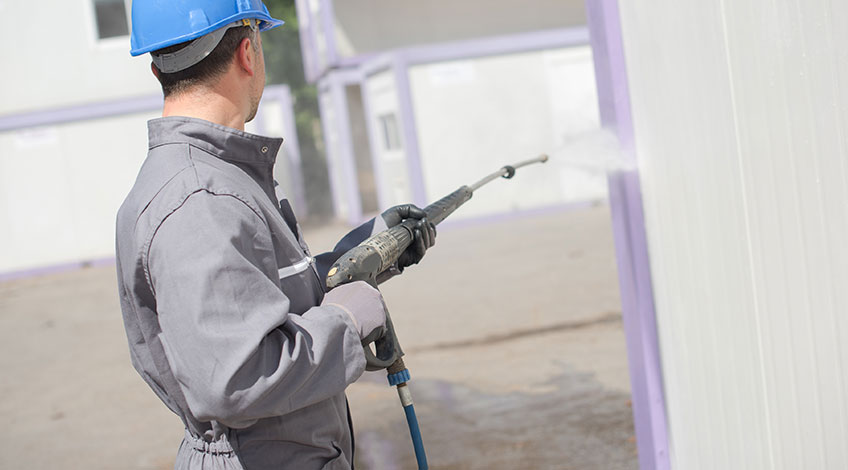
Pressure Washer Problems? Here’s How To Fix Them…
Pressure washers are like any other mechanical tool we own, great when they’re working properly. You start to wonder how you ever managed without one, and then it develops a fault. Usually, when you’re outside with the pressure washer all rigged up to the hose etc.
You’ve probably only allowed a certain amount of time for using the pressure washer because it’s Saturday, one of your only free days and you have plenty of other tasks to get done after you finish with the pressure washer. And that’s when the pressure washer decides to get a problem, so now you have to decide what to do, go indoors and search for the manual that came with the pressure washer (which could be anywhere), or go online to see if the internet has the solution to your frustrating problem.
Well, you’re here so we know which one you chose, and that’s good because here we have the answers and solutions to the 7 most common pressure washer problems. Our experts have scoured the internet and found the most common power washer faults, and here’s how to fix them.
Please note: this article is a guide to fixing common pressure washer problems, if you’re looking for a guide to purchasing a new pressure washer, please click here.
The 7 Most Common Pressure Washer Problems & How To Fix Them

After much research, here are the most common and easily fixed pressure washer problems.
How To Quickly Check And Fix Pressure Washers With Low Water Pressure
This is the top of the most common pressure washer problems world-wide and in most cases, it’s fixable in under 10 minutes. There are 4 easy fix solutions that can be causing low-pressure problems, they are:
- Water supply – If the supply feed is not flowing freely, your pressure washer can’t get enough water to pressure up correctly.
Solution – Make sure the water supply valve is fully open. - Kinks in the hose – If the hose has a kink in it, water cannot flow and the pressure washer cannot create enough pressure without adequate water.
Solution – Remove any kinks in the hose. - Air In the system – If there is air in the system, it can block or impede the water flow, causing low water pressure.
Solution – Get into the routine of connecting the garden hose(supply water feed) first, then turn the tap on and pull the trigger on the spray gun. This will allow any water to clear from the system at tap pressure before starting the engine or turning on the motor. This ensures all the pressure in the system is released which will allow the pump to work correctly. - Blocked nozzle – If the nozzle is partially blocked it will affect the water pressure as it leaves the pressure washer.
Solution – Use the tool supplied with your pressure washer (or a straightened paper clip) to clear any blockages caused by dirt or debris build-up in the nozzle.
If the pressure washer is still running with low pressure, it’s probably the unloader valve. For those of you that don’t know the purpose of the unloader valve, jump down to the unloader valve section below. For other common faults with pressure washers keep reading.
Pressure Washer Running Rough
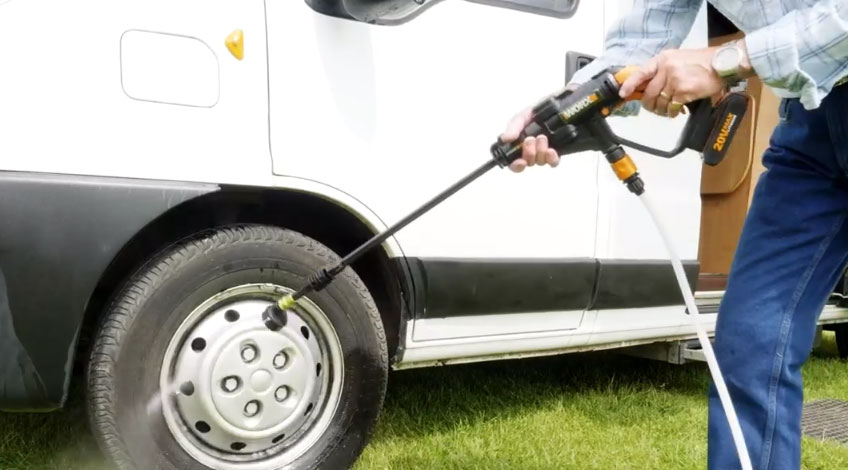
The main reason that pressure washers run rough, is the water going into the machine is too hot. Even if you have connected to the cold water supply, remember on hot days water that sits in the hose for any length of time will heat up and in some cases become hot water.
Solution – Run the hose for a while on a hot day to clear any water that’s been sitting before connecting the hose to the pressure washer.
Electric-Powered Pressure Washer Won’t Start
If it’s a fairly new machine, and it won’t start, you’ll probably find the problem is you not the pressure washer. It is probably caused by one of the following:
- Not plugged in – Electric pressure washers are powered by electricity, if you haven’t plugged it in, it won’t work.
Solution – Plug into a mains socket. - Power not switched on at socket – If the pressure washer is plugged in but the power is not switched on it won’t work.
Solution – Turn the power on. - Power supply fused – If the fuse is tripped, it usually means there is a fault, possibly the pressure washer is trying to draw more power than the circuit can supply.
Solution – Try plugging into a different socket, if this trips the fuse too, you probably need an electrician to check your wiring.
Gas-Powered Pressure Washer Won’t Start
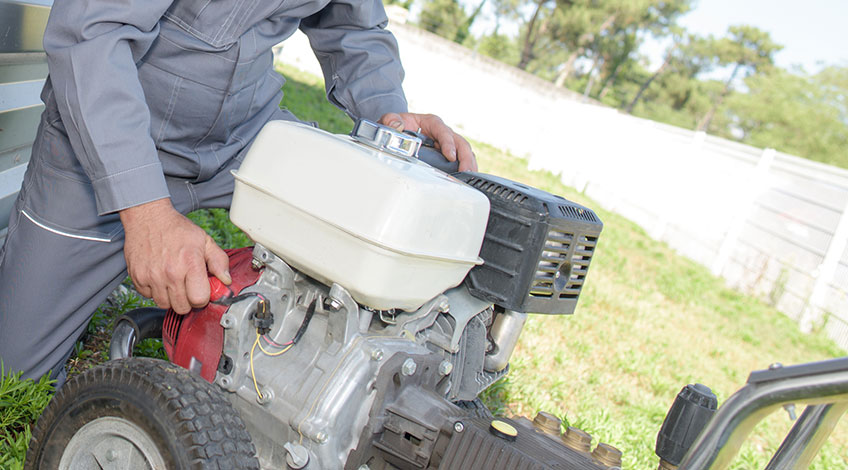
There are a few common faults that could prevent your gas-powered pressure washer from starting. They are:
- No fuel – If there is no fuel the engine cannot start.
Solution – Fill the fuel tank with the correct fuel and then start the engine. - No oil in the engine – The engine will not start if it doesn’t have oil either.
Solution – Check oil levels and fill as necessary. - Hand primer – If you haven’t used the pressure washer for some time, there will be a lack of fuel in the carburettor.
Solution – Pump the hand primer 2-3 times to introduce fuel to the engine. - Too much fuel – If you’ve been too handy with the hand primer, you could have flooded the engine with too much fuel.
Solution – Leave for 10-15 minutes for some of the fuel to evaporate and try to start again. - Too much choke – The choke is used to create a richer mix of fuel which is necessary to start engines from cold. Too much choke can flood the engine.
Solution – Release the choke and allow fuel to clear for 5-10 minutes then try to start without using the choke. Once the engine catches, it might be necessary to adjust the choke to keep the engine running.
Pressure Washer Cuts Out Without Any Warning
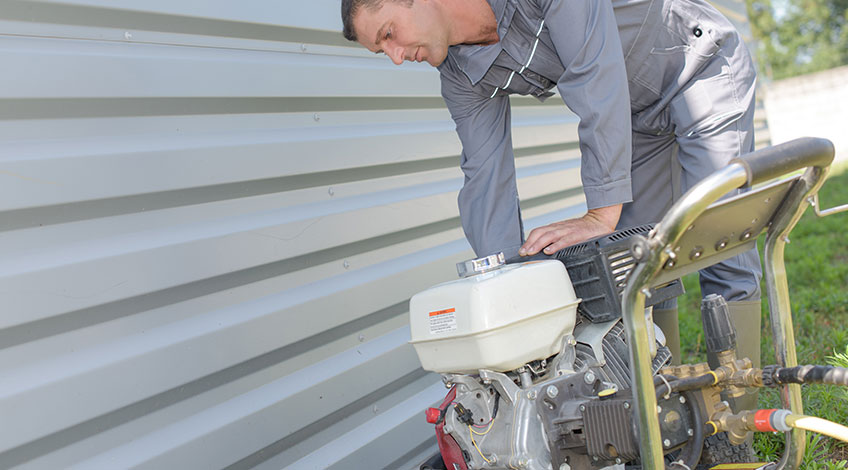
If it’s a gas-powered pressure washer there are 2 reasons for it to just cut out mid-use. They are:
- Run out of fuel – If the engine cuts out whilst in use it’s probably because it’s run out of fuel.
Solution – Fill with fuel and restart. - Run out of oil – If a modern gas-powered pressure washer runs out of oil while in use it will cut the engine out to prevent damage to the engine’s internal components.
Solution – Top up the engine oil. On older models, if the engine stops through lack of oil the engine will probably never start again. It is always best practice to get into the habit of checking fuel and oil levels before starting the pressure washer.
If an electric-powered pressure washer cuts out mid-use, it’s probably over-heating. This could be caused by running it in a confined space with no airflow to cool it down. Or the water supply is too hot either by being connected to the wrong tap, or the water is getting hot in the hose due to sunlight or external heat.
Pressure Washer Leaking
If your pressure washer is leaking at all during use it could be caused by a few things, but the most common is a defective washer (O ring) these are made from rubber and over time and constant use they become brittle and will no longer create the perfect seal they were designed to.
Solution – Inspect and replace any worn washers, these can be purchased at any good DIY store for a few pence.
Pressure Washer Pulsating
This fault is more common than you’d think and is usually caused by dirt in the inlet, or dirt in the unloader valve. It is probably caused through washing wooden patios, decking etc, the splinters can clog up the pressure washers system.
Solution – Regular maintenance is the cure to this, clean the system out after every 4-6 uses.
The Unloader Valve – What Is It? And What Does It Do?
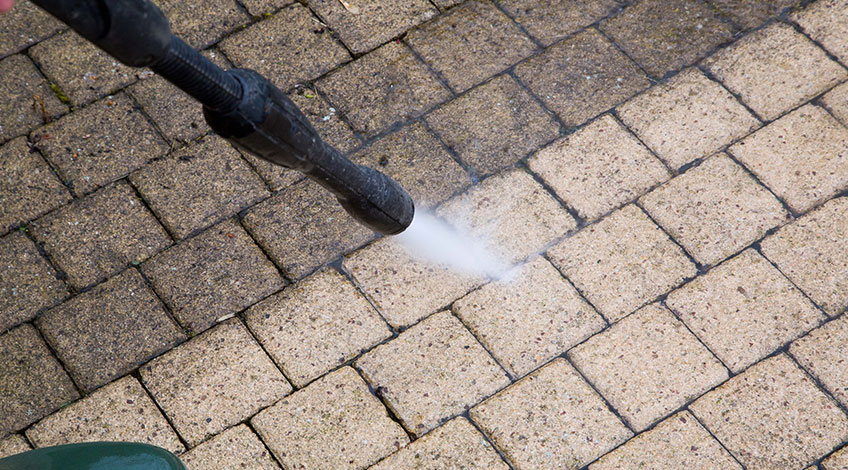
The unloader valve lets water run through the pump when you’re not using the trigger on the spray gun. Without an unloader valve, the pressure would become so great within the system that when you did pull the trigger the engine would stall or somewhere along the system something would break under the pressure. So it’s basically a pressure release valve.
The unloader valve is always situated on the exit side of the pump. It allows pressurised water to flow back through the pump when you’re not pressing the trigger on the spray gun. All pressure washers have an unloader valve (gas-powered and electric-powered) because it’s a safety measure to prevent breakdowns or in extreme circumstances, explosion.
The usual problem with unloader valves is a broken washer, but unless you are mechanically minded, it’s best to leave it to an expert to repair. But first, if the problem is the unloader valve, and your machine is still under warranty contact the manufacturer and definitely don’t start stripping it down.
Pressure Washer Warranty Terms
Before you even think about stripping your pressure washer down to look at any faults or problems, you need to see if it’s still under guarantee. Any mechanical work you do on your machine could compromise your guarantee. So at the first sign of a major problem (one that cannot be fixed using this guide) contact your manufacturer.
You will either have to take your machine to one of their approved repair centres, or some companies will send a technician to your home to inspect the pressure washer. In either case, there will be a clause somewhere that states if they find the problem was due to your misuse, then you will be liable for the cost of the repair parts and labour.
If it is a genuine fault in their machine then the warranty will apply and you will not have to pay any costs at all.
What To Do If An Older Pressure Washer Breaks Down
Although there are many repairs that you will be capable of making to your pressure washer, in some cases you’ll be better off just replacing it with a newer model. This is because many manufacturers use certain screws and parts that are not easily available to the DIYer. For example screws with unusual heads, that require tailor-made screwdrivers that are not available on the open market.
If you decide to take your pressure washer to an expert, the repair costs and replacement parts costs could be more than buying a new model. Remember if you pay money to have your old pressure washer repaired, it will still be an old pressure washer. As with all things mechanical, one fault often leads to more, and there will come a point when you decide to cut your losses.
Also, follow us on Pinterest ...


